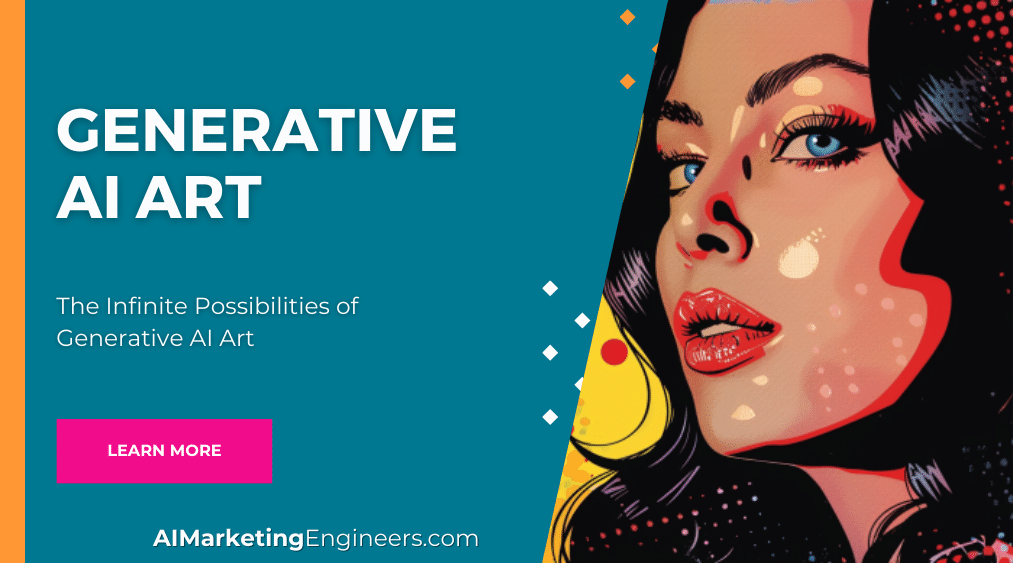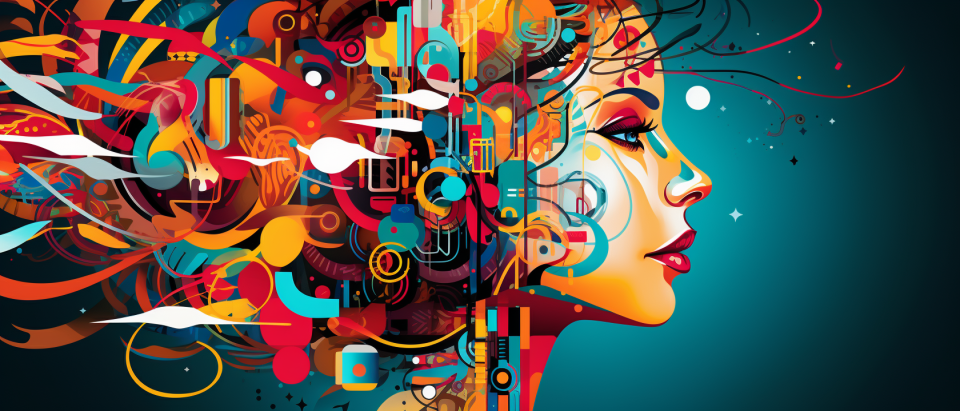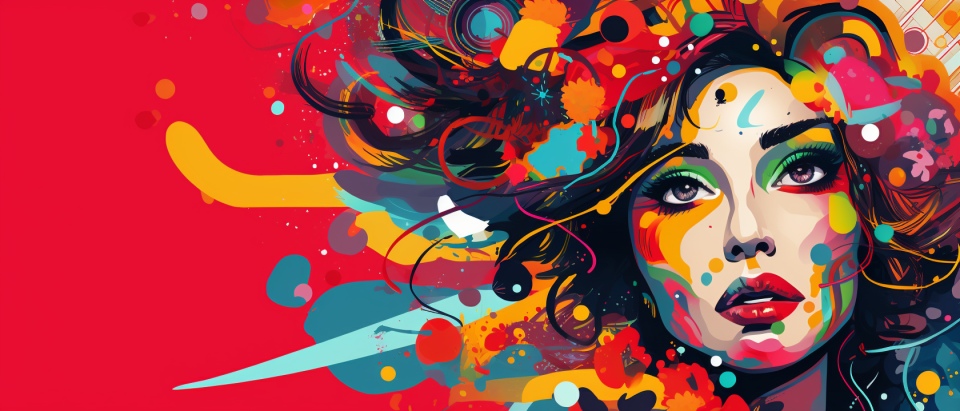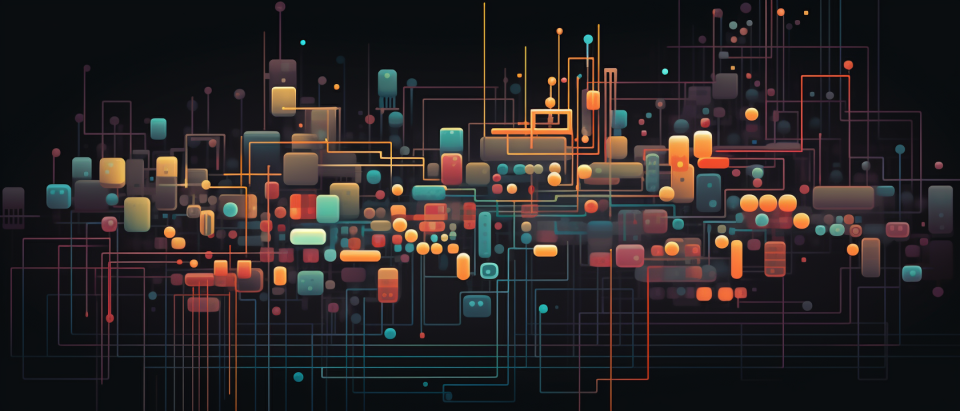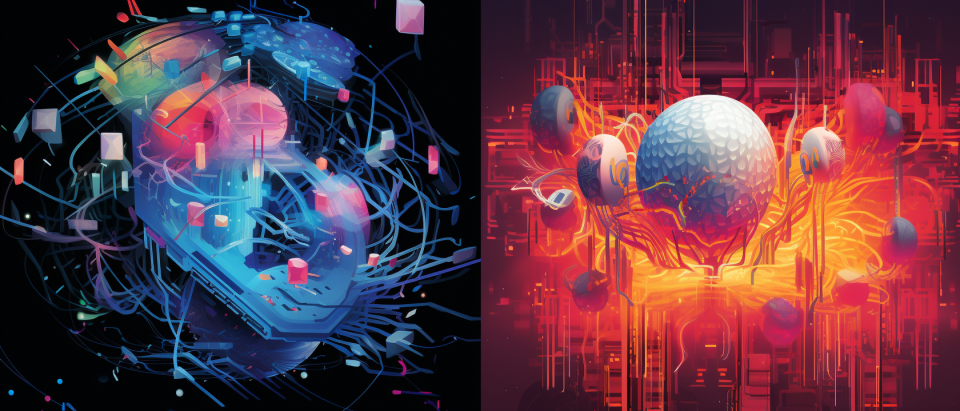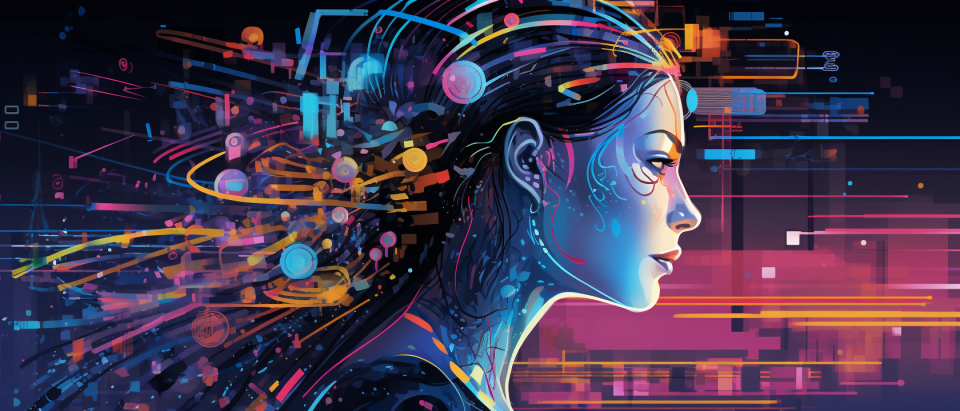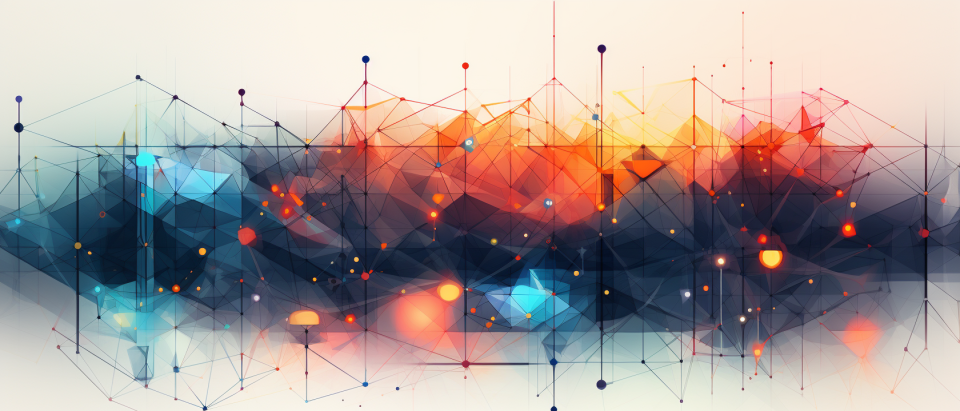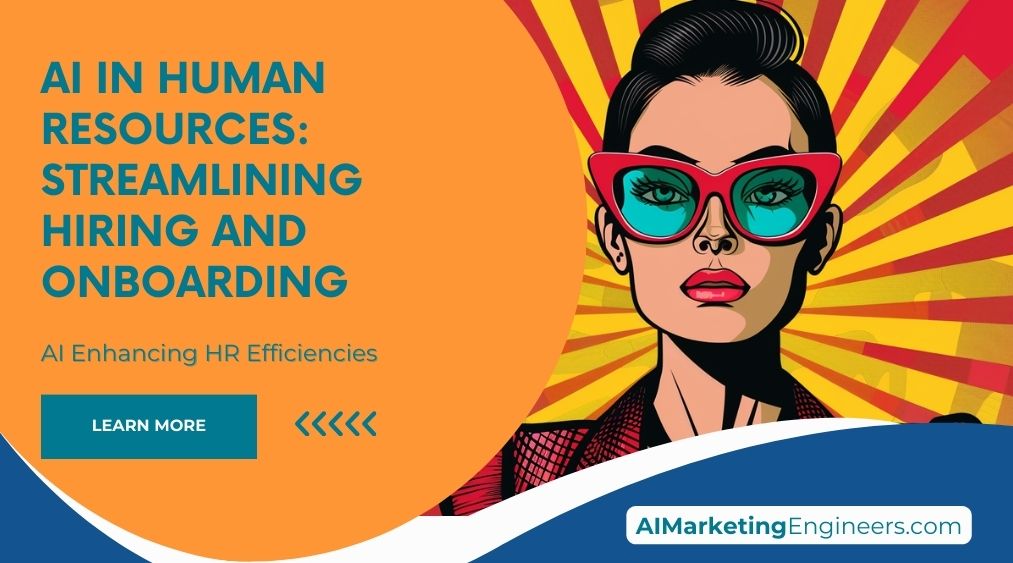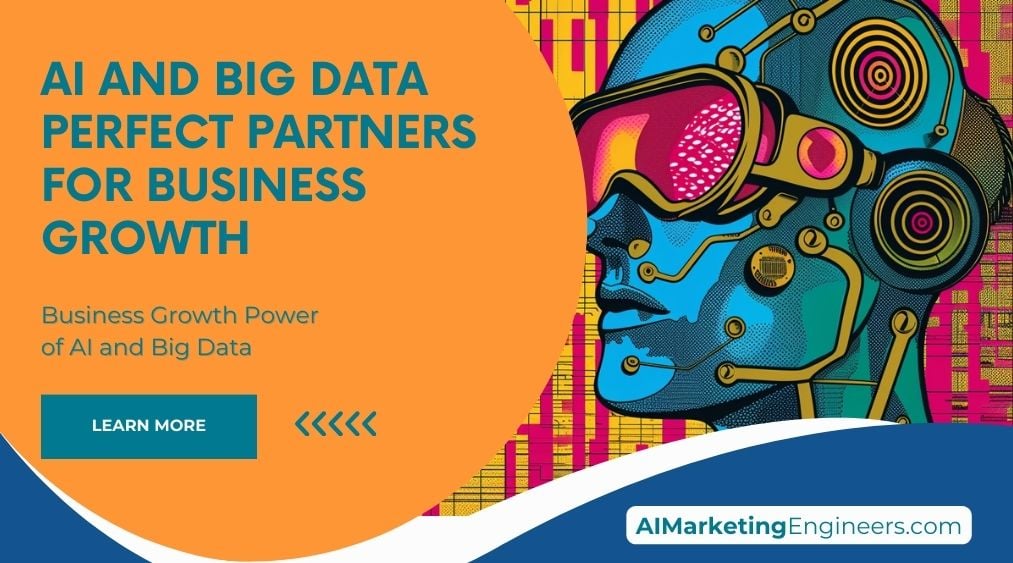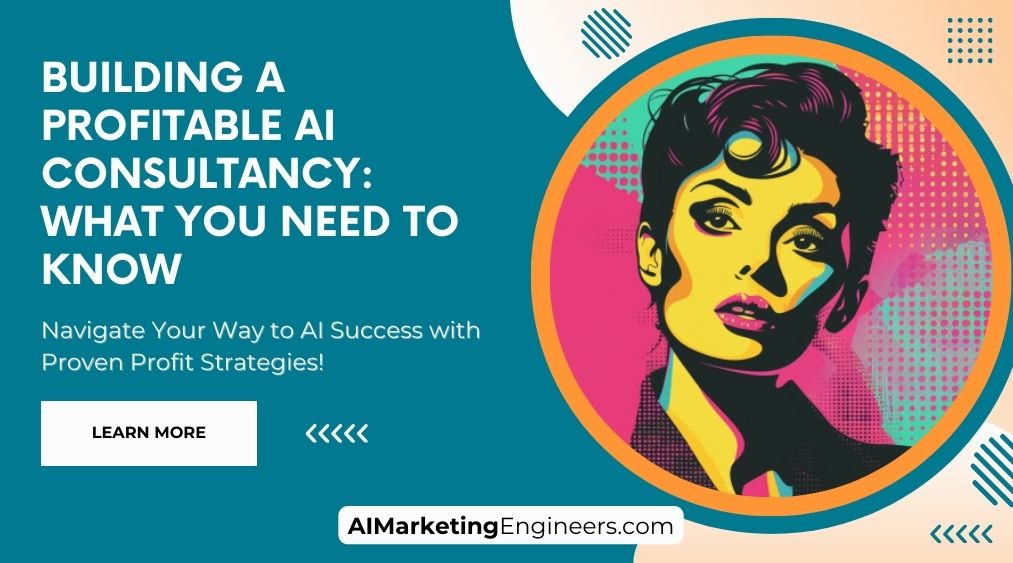Key Takeaways
✅ Generative AI art is a transformative medium that redefines creativity and reshapes the landscape of visual expression.
✅ Generative art expands access and challenges traditional beliefs about the artistic process, opening new possibilities for artists and technologists.
✅ As a deep wellspring of potential, generative AI art invites us to reimagine the canvas of tomorrow, proving itself to be more than a fleeting trend.

Introduction
In the vivid tapestry of human creativity, a new thread has emerged, shimmering with the promise of innovation: generative AI art. This artistic phenomenon, at the crossroads of groundbreaking technology and boundless imagination, heralds a seismic shift in the realm of creative expression.
Generative AI art is not simply a fleeting trend; it represents the nascent union of artist and algorithm, a confluence that is redefining the fabric of art itself. As we embark on this journey into the heart of generative AI art, we invite you to uncover the magic woven by intelligent machines and to ponder the broader implications of this technological renaissance. We will explore its roots, its eccentric machinery, the reverberations it sends through the art community, and the profound ways it interlaces with various aspects of our industries and society.
Poised on the precipice of an artistic evolution, we'll unravel a groundbreaking narrative of how generative AI art is not only mirroring human creativity but also expanding its horizons in unprecedented, exhilarating ways. Join us in this exploration of a revolution that could redefine the essence of art for generations to come.
Origins and Techniques
Generative AI art's inception can be traced back to the early experiments of computing pioneers who saw the potential of machines in creating art. As technology progressed, innovative techniques emerged:
- Neural Networks: AI algorithms mimicking the human brain's structure, used in creating art by learning from vast datasets of images.
- Genetic Algorithms: Inspired by Darwinian evolution, these algorithms iteratively select and mutate 'candidate artworks' to produce aesthetically pleasing results.
- Evolutionary Programming: A type of genetic algorithm specifically tailored to evolve programs or rules that generate art.
Statistic: According to the Art of the Infinite Report by the Abby Martin Collective, these tools and techniques are instrumental in the growth of generative AI art.
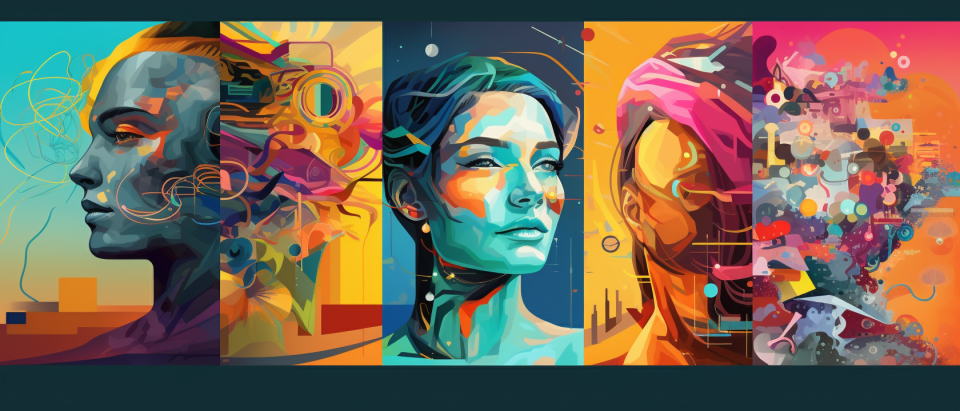
Techniques in Generative AI Art
The core techniques pivotal to generative AI art include:
- Machine Learning Models: These include Generative Adversarial Networks (GANs), transforming random noise into stunning visuals through a discriminative feedback loop.
- Rule-based Systems: Artists define specific rules for the algorithm to follow, which can range from simple to highly complex, leading to diverse outcomes.
- Integration of Other Computational Methods: This might include fractal art or algorithmic composition, which utilizes mathematical formulas for art generation.
Statistic: Despite the lack of fresh statistics, the growing communities on Twitter, Instagram, and Reddit indicate continued interest and development in the field.
Impact on the Art World
Generative AI art is reshaping the art scene by:
- Influencing Traditional Art: Introducing new aesthetics and methodologies.
- Democratization of Art Creation: AI tools enable non-artists to explore art creation, thus widening participation.
- Challenging Conventional Aesthetics: Redefining what is considered 'art' and who is considered an 'artist'.
Statistic: The active online communities, such as The Training Complex, highlight the significant shift towards digital art engagement.
Generative AI Art in Industry and Society
Generative AI art extends beyond galleries, influencing:
- Entertainment: Creating unique visuals for games and movies.
- Advertising: Designing attention-grabbing graphics and campaigns.
- Scientific Visualization: Helping to understand complex data through abstract representation.
Statistic: A Morning Consult poll notes that nearly half of Americans are aware of AI-generated art, signifying its permeation into popular culture.
Potential and Challenges
Although generative AI art spurs creativity, it also faces hurdles:
- Potential for Uniqueness: It can lead to never-before-seen art, pushing the boundaries of creativity.
- Need for Human Touch: Balancing AI with human insight to maintain art's emotive power.
- Authenticity Concerns: Discussions around authorship and originality in AI-generated work.
Statistic: The evolving nature of this art form is underscored by the dynamic participation of artists on social media and digital platforms.
Future of Generative AI Art
The evolution of generative AI art is expected to continue with:
- Deepening Human-AI Collaboration: More sophisticated interplay between AI capabilities and human creativity.
- Technological Improvements: Emergence of new AI models that can create more complex and nuanced art.
- Expanding Influence: Potentially altering our fundamental understanding of the artistic process.
Statistic: While specific statistics may be scarce, the forward momentum is evident through digital showcases and discussions within communities like The Training Complex.
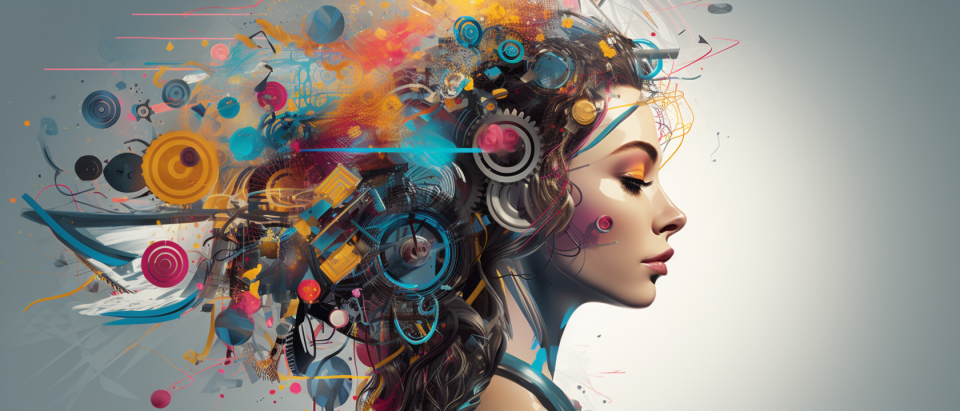
AI Marketing Engineers Recommendation
As the world of marketing continues to evolve at a rapid pace, the integration of AI and generative AI art into your marketing strategy can be a game-changer. Generative AI art is an innovative technology that uses algorithms to create artwork, designs, and visual assets that can grab attention in an oversaturated market. Here are some recommendations on how to leverage generative AI art effectively:
Understanding Your Audience
Before diving into generative AI art, it's crucial to have a deep understanding of your target audience. Analyzing consumer data and online behavior can inform the type of AI-generated visuals that would resonate best with them.
Unique and Engaging Content
Utilize generative AI art to produce unique and engaging content that stands out. This can be particularly useful for digital marketing campaigns, social media content, and exclusive product visuals.
Personalization at Scale
Generative AI can customize artwork and visuals at scale, allowing you to provide a personalized experience to a large audience. Personalization can be based on user preferences, past interactions, or demographic data, ensuring each customer feels uniquely valued.
Brand Consistency
Ensure that the AI-generated art aligns with your brand's image and messaging. Consistency is key in brand recognition, so while generative AI art offers variety, it should still be cohesive with your overall brand aesthetic.
A/B Testing
Leverage A/B testing with AI-generated visuals to determine what works best. Use analytics to measure performance indicators such as engagement, click-through rates, and conversion rates. This data will guide future marketing strategies and content creation.
Intellectual Property Considerations
Stay informed about the legal landscape of generative AI art. Ensure that any art created by AI for your brand does not infringe on existing copyrights, and that you have the proper rights to use the generated images.
Cost-Effectiveness
Generative AI art can be more cost-effective than traditional content creation methods. Budgets that would have been spent on high-end designers or stock images can be allocated to other strategic areas.
Competitive Edge
By being an early adopter of generative AI art, you can gain a competitive edge in the industry. Brands that embrace innovative technologies often set trends and become thought leaders.
Analytics-Driven Adjustments
Regularly review the performance data of your AI-generated visual content and be prepared to make adjustments as necessary. The rapid feedback loop provided by digital analytics can help optimize campaigns in real time.
By integrating these recommendations, AI Marketing Engineers can help your company harness the power of generative AI art, creating a dynamic approach that helps you connect with your audience in new and exciting ways, while also streamlining processes and cutting costs. Remember that the ultimate goal is to enhance the consumer experience and reinforce brand loyalty, and generative AI art can be a significant asset in achieving these objectives.
Conclusion
As we venture through the groundbreaking revolution of generative AI art, it becomes evident that we stand at a defining moment in the fusion of art and technology. The progression from nascent computational experiments to sophisticated AI-driven creations has established generative AI art as a revolutionary force in the art world—a phenomenon that both complements and challenges traditional artistry.
From its historical roots to its state-of-the-art techniques, the journey of generative AI art is marked by an incessant evolution of methodologies. Neural networks, genetic algorithms, and evolutionary programming are among the many cutting-edge techniques that have propelled this art form into the limelight. These technologies have not just expanded the horizons of aesthetic creation but have made art more accessible and participatory.
In assessing its impact, we see that generative AI art has catalyzed a renaissance within the art community—altering perceptions, democratizing creation, and dissolving the barriers that once distinguished artists from their audience. It drives a conversation about the nature of authorship, creativity, and the intrinsic value of art itself. As it seamlessly integrates into industries beyond the traditional art landscape, such as entertainment and advertising, its influence on societal and cultural contexts grows more prominent.
However, the synthesis of algorithms and aesthetics does not come without its quandaries. In this digital renaissance, questions about the authenticity of machine-made art and the role of human oversight in the creative process loom large. The challenge lies in striking a balance between embracing the capabilities of AI and fostering the irreplaceable touch of human ingenuity.
Looking toward the future, the horizons for generative AI art are boundless. The continuous advancements in AI promise more collaborative interplay between artificial and human creativity, further expanding the domain of what art could be. We stand on the cusp of an era where AI not only aids in art creation but also redefines our very conception of beauty, narrative, and emotional resonance.
FAQs
Question 1: What is generative AI art?
Answer: Generative AI art is a form of art that employs artificial intelligence algorithms to create visual or auditory content. It falls under the broader category of generative art, which focuses on algorithmically driven creation processes.
Question 2: How is generative AI art different from other forms of AI art?
Answer: Unlike traditional AI art, where algorithms produce artworks within set rules and parameters, generative AI art uses deep learning and neural networks to produce unique and less predictable artworks.
Question 3: How do I create generative AI art?
Answer: Creating generative AI art typically requires knowledge in AI, machine learning, and coding. You would need to develop or use an existing neural network and train it to produce your intended art form, such as images, video, or sound.
Question 4: Can I use existing generative AI art models?
Answer: Yes, existing generative AI models, known as generative models, are available for use and customization. These are often found in open-source libraries and can be adapted for your creative projects.
Question 5: What are some examples of generative AI art?
Answer: Generative AI art comes in various styles and forms, such as abstract visuals, scenic imagery, portraits, and even creative writing. Notable implementations include "StyleGAN2" and "Imagenet," which are capable of generating highly realistic images and scenes.
Question 6: Will generative AI replace human artists?
Answer: Generative AI is not expected to replace human artists entirely as it cannot emulate the full spectrum of human creativity and emotive expression. However, AI can enhance the capabilities of artists and introduce new kinds of artworks that were not feasible with conventional artistic methods.
